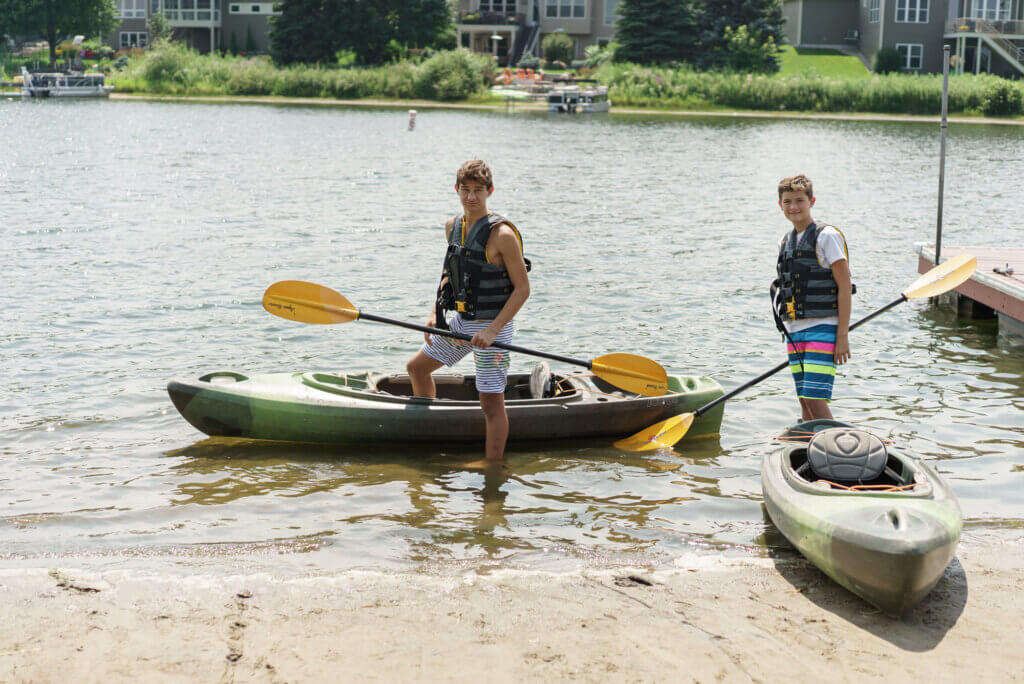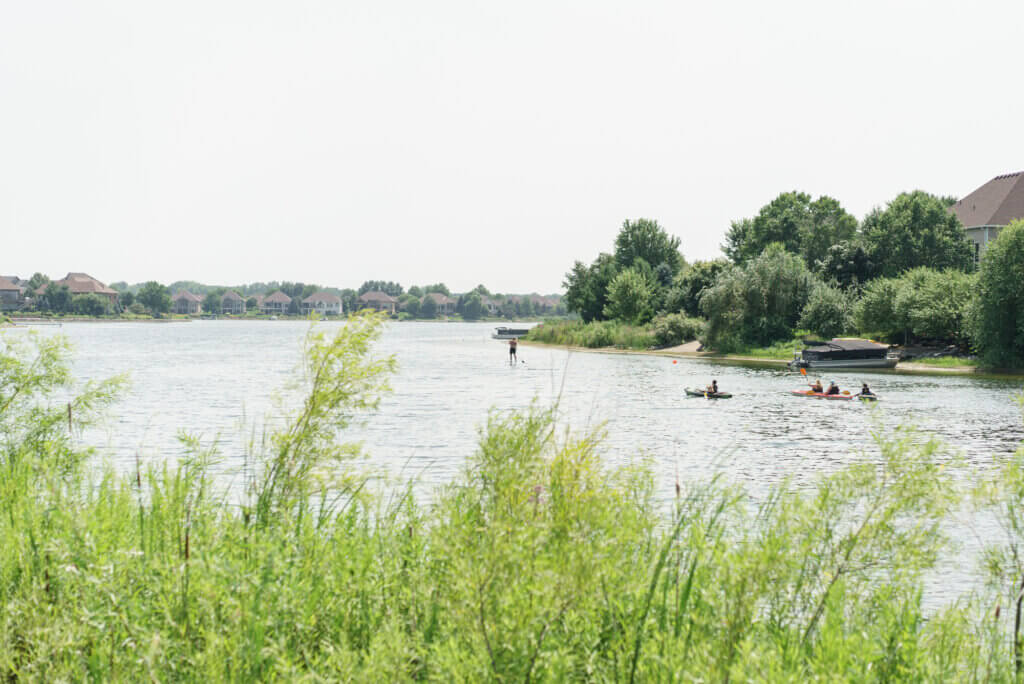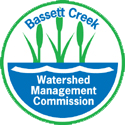Planting Shorelines to Protect Water Quality
Sun, Aug 8, 2021The city of Blaine is home to a unique, man-made body of water: Sunrise Lake. Dug nearly 20 years ago, Sunrise Lake won’t appear on most lists of Minnesota lakes, nor is it managed by the DNR. However, when it comes to pollution, it faces many of the same challenges as other lakes around the state. Learning about those challenges offers lessons for anyone who cares about protecting water quality.

Sunrise Lake was built as part of the Blaine Lakes Development. It’s fed by groundwater as well as stormwater ponds that are constructed throughout the development to collect runoff from rain storms. This man-made lake also serves as a headwater in the relatively flat, peaty landscape of Blaine. Water collected in Sunrise Lake flows through an outlet ditch and into Sand Creek in Coon Rapids. Sand Creek then flows into Coon Creek, which eventually connects with the Mississippi River. As a headwater, the amount of pollution present in Sunrise Lake has a big impact on each of these creeks and rivers downstream.
Now Sunrise Lake is at a tipping point. The health of the water currently supports recreation that residents love such as boating and swimming, but recent water quality tests have identified algae as an area of concern. By measuring levels of chlorophyll in the water, scientists can get a better sense of how much algae is growing in the water. The amount of chlorophyll recently found in Sunrise Lake suggests excessive algae growth, which might lead to blue-green algae blooms that are hazardous for people and pets. Because the area immediately around the lakeshore is heavily developed, there’s an opportunity for homeowners to make a positive change.
Homeowners Make the Difference
Development of lakeshore property has a huge impact on aquatic plant life and wildlife. Shoreline property owners have a responsibility — and many incentives — to do what they can to protect water for the benefit of all. Planting native vegetation along shorelines protects wildlife habitat and supports robust aquatic plant growth, which is critical for wildlife and fish populations. When excess nutrients from fertilizer runoff accumulates in a lake, it contributes to excessive algae growth. Aquatic plants and native shoreline buffers help filter runoff and nutrients, leading to clean, clear waters for recreation.

Now is the time to protect water from pollution, both at Sunrise Lake, and on the shores of your favorite lake or river. It’s much easier to protect water quality than to restore it. Consider the following recommendations to protect water quality on lakeshore properties:
- Plant a tall, native plant buffer: Native plants help filter runoff and stabilize shorelines by preventing erosion. Not only that, but they can be quite beautiful, designed to allow a dock or trail that leads to the water’s edge.
- Don’t over-fertilize: If you have grass on lakefront property, it’s best not to fertilize. When fertilizer runs off lawns and into lakes, it’s a major contributor to excess algae growth. Reduce or eliminate fertilizer use.
- Don’t over-sand: Eroding beach sand can gradually fill in a lake. Follow DNR guidelines when maintaining a sand beach along the shoreline.
- Don’t over-irrigate: Excess lawn watering contributes to both erosion and runoff, which carries nutrients into the water. Water lawns and gardens sparingly.
We’re lucky to have so many beautiful lakes and rivers here in Minnesota. Those who promote healthy waters with conscientious plant choices and yard maintenance will not only allow everyone to continue to enjoy swimming and boating, but it will also safeguard habitat for plants, fish, and wildlife who share these natural resources.
